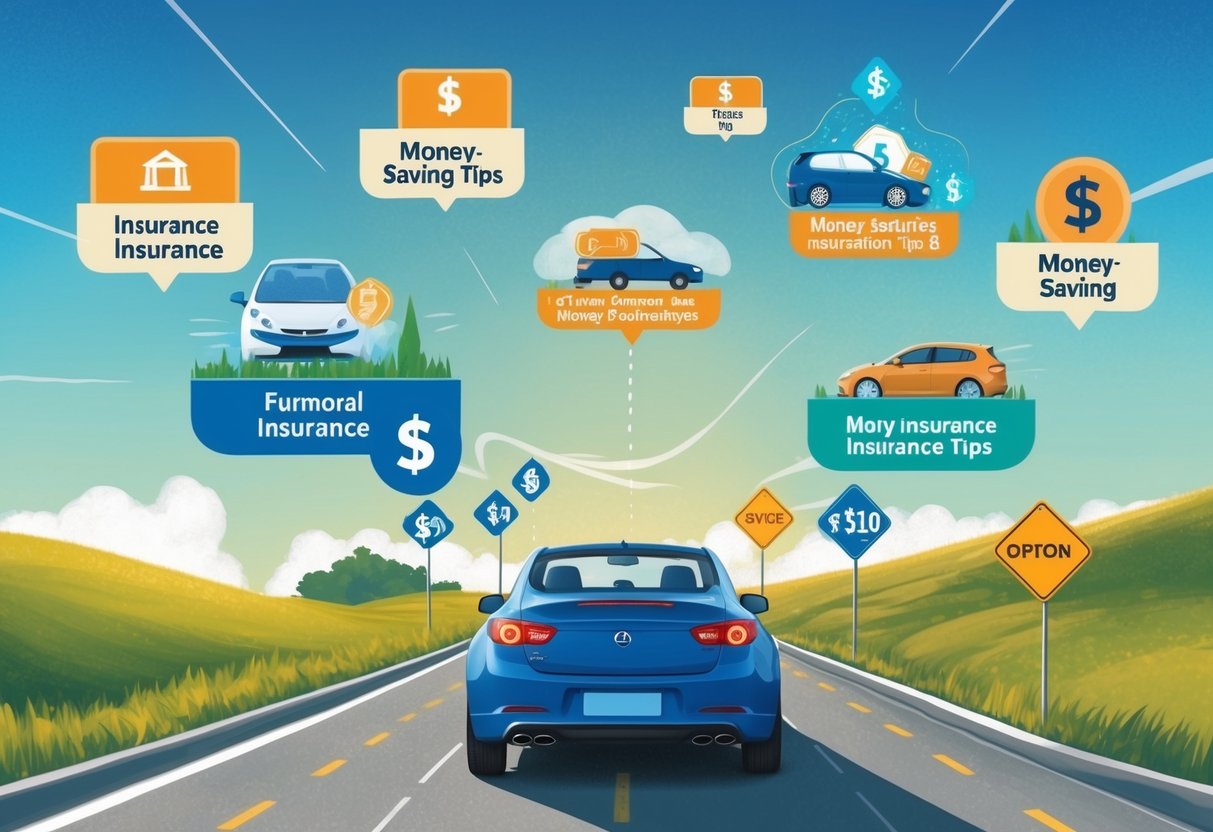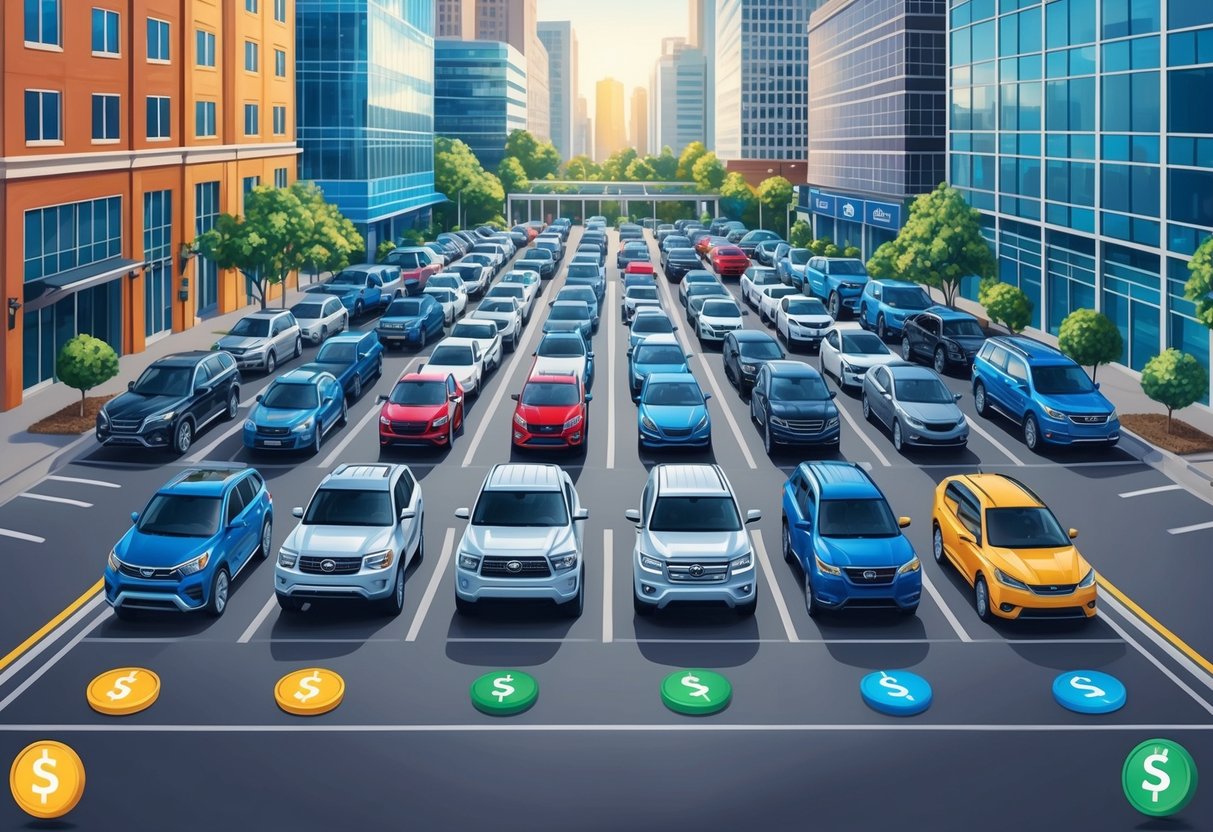
Essential Coverages to Consider
Selecting the right auto insurance means understanding the value of both required and optional coverages. This protects against financial loss after accidents and ensures medical bills are managed.
Medical Payments and Personal Injury Protection
Medical payments coverage, often called MedPay, pays for medical expenses for the policyholder and passengers after an accident, no matter who caused the crash. Covered costs often include ambulance fees, hospital visits, surgery, x-rays, and even funeral expenses.
Some policies extend this coverage to injuries sustained as a pedestrian or cyclist. Personal Injury Protection (PIP) is similar but broader.
It covers not just medical expenses but also lost wages, essential services like childcare, and sometimes rehabilitation. PIP is mandatory in some states and optional in others, so policyholders should review local regulations.
They eliminate the need to wait for fault to be determined before receiving help, facilitating faster support for accident victims. For more information, see the overview of medical payments and personal injury protection coverage.
Uninsured and Underinsured Motorist Options
Uninsured motorist coverage (UM) protects drivers when an at-fault party has no insurance. This coverage pays for medical bills, lost wages, and, in some states, property damage repairs.
With roughly one in eight drivers lacking insurance, this is an essential safeguard. Underinsured motorist coverage (UIM) comes into play when another driver’s insurance is too low to cover the full extent of damages.
UIM makes up the difference so that accident victims are not left with substantial bills due to someone else’s inadequate policy limits. Policyholders should consider limits that reflect medical costs, income, and vehicle value.
Guidance on these options is available through resources such as this auto insurance guide.
Bodily Injury and Property Damage Liability
Bodily injury liability insurance pays for injuries to others when the policyholder is at fault in a crash. It covers another person’s medical expenses, rehabilitation, and legal fees if lawsuits arise.
Adequate policy limits are crucial, as costs can easily exceed state minimum requirements, sometimes leading to personal financial risk. Property damage liability covers damage to someone else’s vehicle or property, such as a fence or building.
Most states mandate a minimum amount, but higher coverage can help avoid out-of-pocket expenses if damage is extensive. Drivers should carefully evaluate limits and compare coverage choices using resources like this car insurance coverage guide to ensure their assets are protected.
How to Save Money on Car Insurance
Finding ways to lower car insurance premiums can significantly reduce annual expenses. Consumers can take several proven actions, such as seeking discounts, comparing rates from different insurers, and adjusting policy details to better suit their needs.
Discounts and Eligibility
Most insurers offer a variety of insurance discounts that can help save money on car insurance. Common options include good driver discounts, safe vehicle savings, and reduced rates for bundling auto and home policies.
Many companies also provide discounts for students with good grades or for drivers who complete defensive driving courses. Eligibility varies, so it’s important to ask the insurer which car insurance discounts are available.
Some programs, like telematics or usage-based insurance, reward drivers for low mileage or safe habits with additional savings. For those driving less than 10,000 miles per year, annual premiums may be reduced by over $100 as noted by Consumer Reports.
Always provide updated and accurate information to qualify for all possible discounts. It’s also helpful to periodically check for new discounts that may have become available as policies or circumstances change.
Shop Around for the Best Rates
Rates between car insurance companies can vary widely. Comparing quotes from multiple insurers is one of the most effective ways to save on car insurance.
Online tools and websites make it easy to get several quotes quickly, allowing drivers to identify the best deal for their situation. Some providers may offer special promotions or targeted insurance discounts that others do not, so taking the time to shop around can lower car insurance costs substantially.
According to NerdWallet, even a small difference in premiums each month can add up to meaningful savings over the course of a year. When shopping, review coverage amounts and options to ensure an apples-to-apples comparison.
Consider customer service ratings in addition to price, since responsive support can add long-term value.
Review and Adjust Your Policy
Regularly reviewing your car insurance policy is crucial to ensure coverage fits current needs and budget. Drivers of older cars may benefit from dropping comprehensive or collision coverage, which can significantly lower car insurance costs.
Adjusting deductibles upward can also lead to substantial monthly savings, as insurers charge less for higher deductible plans. It’s wise to update a policy if life changes, such as moving, getting married, or adding a teen driver, impact insurance requirements.
Consolidating policies—such as a homeowners and auto policy bundle—often results in a lower combined rate, according to III.org. Make it a habit to review coverage at least annually and after major life events.
Regular policy reviews help ensure consumers aren’t paying for unnecessary coverage and have access to the best available discounts.
Drivers and Vehicles That Impact Your Premium

A person’s driving history and the vehicles they own play important roles in determining car insurance rates. Insurance companies look closely at both risk factors and security features when calculating premiums.
Good Driving Record and Defensive Driving
A clean driving record signals low risk to insurers. Drivers with few or no traffic violations, accidents, or claims are more likely to be rewarded with lower premiums.
Companies often check several years of driving history, and recent traffic violations or at-fault accidents can quickly raise insurance costs. Many insurance providers will offer a policy discount to drivers who complete a certified defensive driving class.
These courses teach accident avoidance techniques, safe driving habits, and up-to-date road laws. Some states require insurance companies to provide a defensive driving discount, which can reduce costs by as much as 10%.
Maintaining a good driving record and taking additional education steps can lead to meaningful savings on car insurance. For more information about what affects insurance premiums, see factors that affect your premium.
Vehicle Safety Features and Anti-Theft Devices
The type of car you drive—specifically its built-in safety features—directly affects your insurance rate. Vehicles with modern safety features like anti-lock brakes, electronic stability control, and multiple airbags are less likely to be involved in severe accidents.
Insurance companies may offer discounts for cars equipped with these technologies. Installing or purchasing a car with anti-theft devices, such as alarms, engine immobilizers, or GPS tracking systems, can further reduce your risk profile.
Some insurers reward these preventive steps by lowering comprehensive coverage premiums. The presence of these features makes a car less attractive to thieves and can result in tangible monthly savings.
For more details, check out how vehicle safety features impact insurance rates.